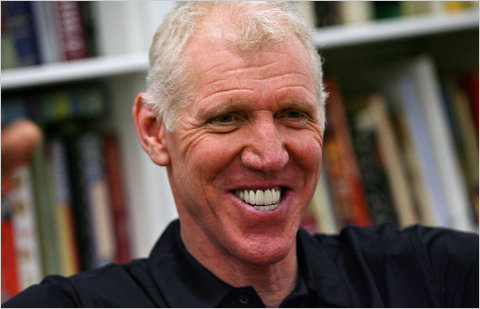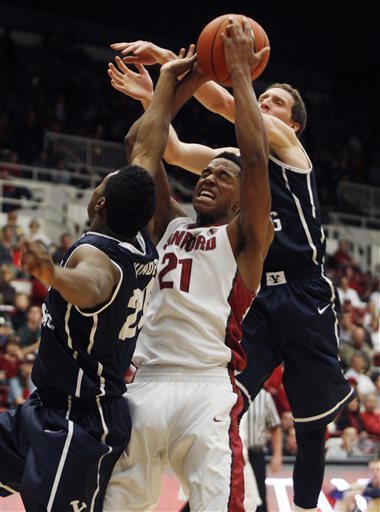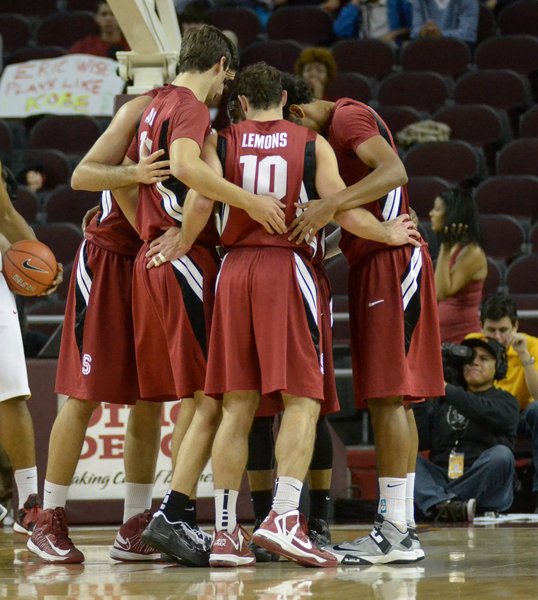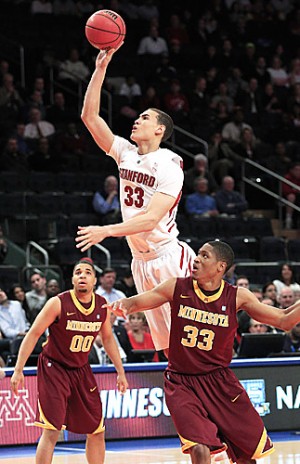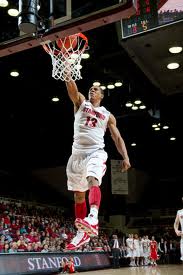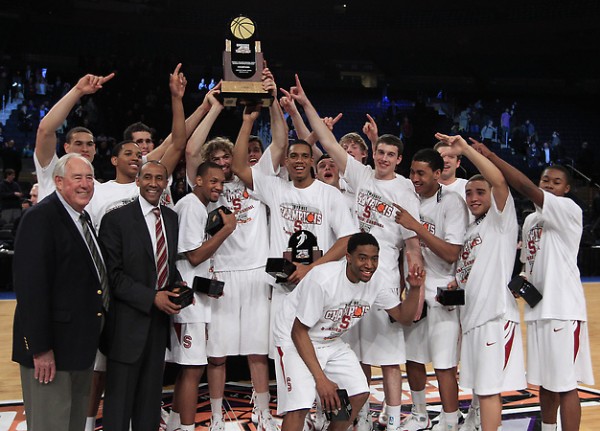The Annotated Bill Walton: Arizona at Stanford Edition
Posted by Andrew Murawa on January 30th, 2014The Bill Walton Experience has become a regular happening during Pac-12 conference games over the past two seasons. And, while the brash and talkative legend can run some people the wrong way, his commentary during games contains references to classical and pop history, the collected wisdom of one of the handful of the greatest basketball players of all time, and more than a couple off-handed Grateful Dead references – along with a handful of other comments that defy reasonable explanation. For those of you who may not get many of his references, below we’ll take a look at some of Walton’s best comments from Wednesday night’s Arizona/Stanford game and give some backstory to them, when needed.
For your listening pleasure while reading, I suggest a little Grateful Dead accompaniment, such as the only time the Dead played at Maples Pavilion: 2/9/73, a classic in Grateful Dead lore. While you can’t go wrong anywhere here, maybe skip ahead to Playin’ in the Band or China Cat Sunflower->I Know You Rider.
First half:
18:32 – “This is a really good team. If they had been able to beat UCLA 10 days ago in a game that they just got pushed around in Pauley Pavilion, it would have been outstanding for Johnny Dawkins.”
Comment: Not a great start for Grateful Red. “If ifs and buts were candies and nuts…”
16:20 – In response to straight man Dave Pasch’s questions about what he did yesterday: “I had a grand time. I went to church – Memorial Church yesterday and prayed for your salvation.”





























